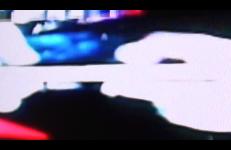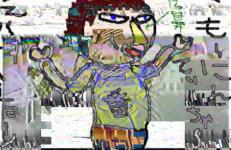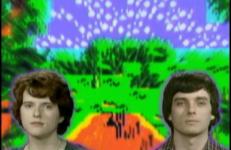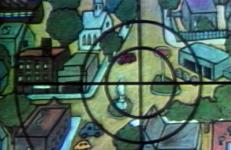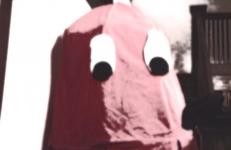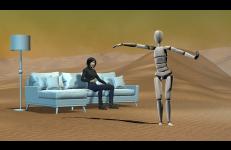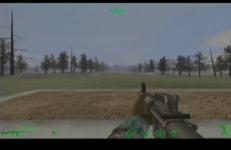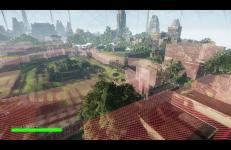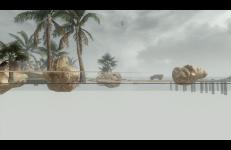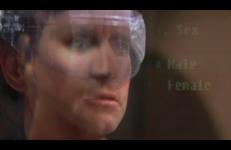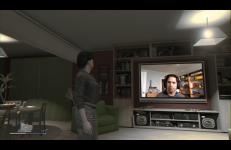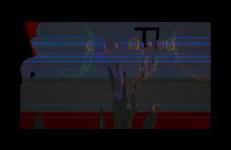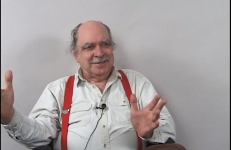automatism and (-)(+) feedback is a 3:29-minute video made from shot footage of a 10-year-old child playing Zombie Smash on a handheld device. The video footage and sound have been repeatedly rescanned and resampled using a television and a number of old analog video cameras.
Note: This title is intended by the artist to be viewed in High Definition. While DVD format is available to enable accessibility, VDB recommends presentation on Blu-ray or HD digital file.




